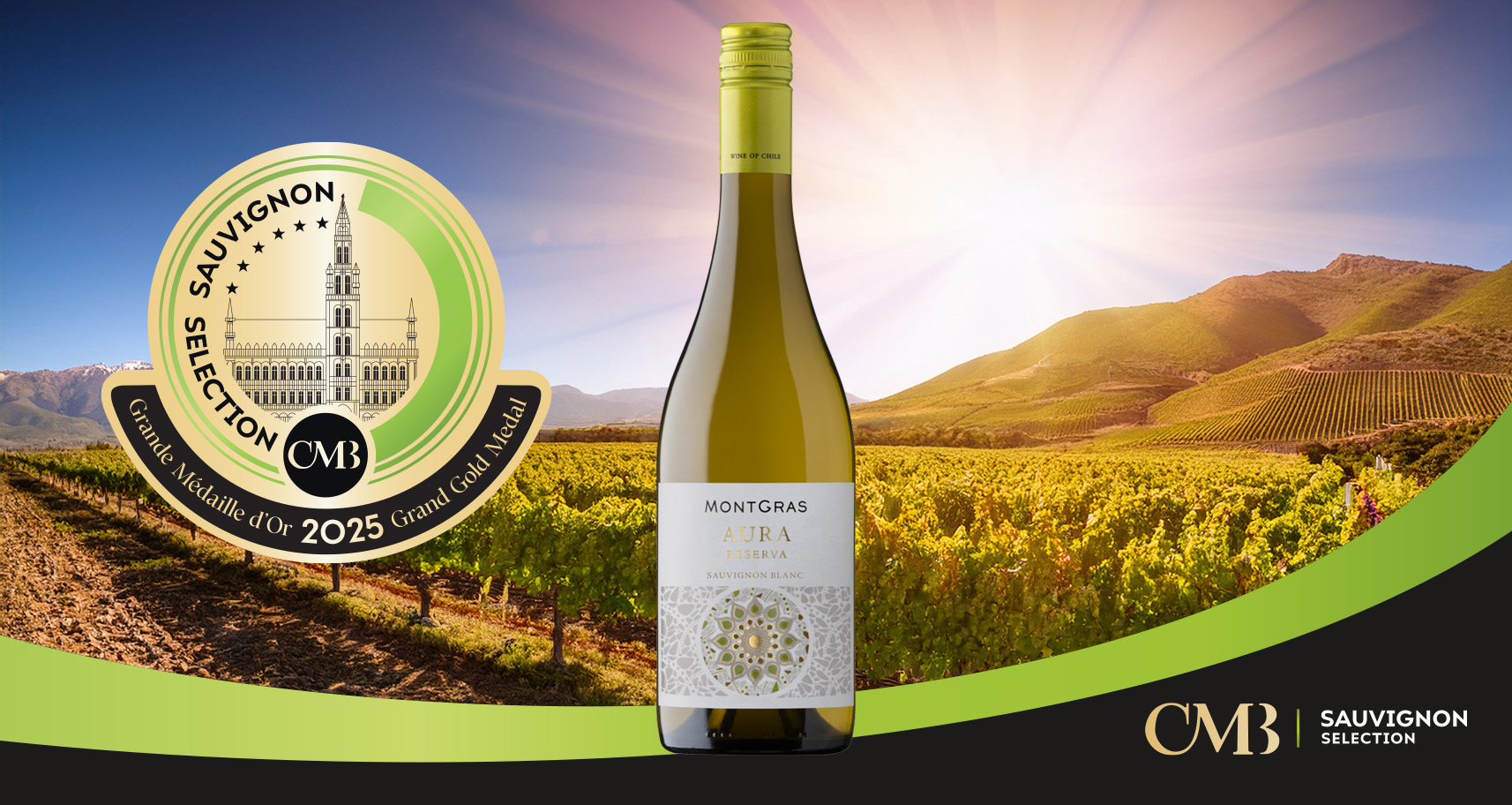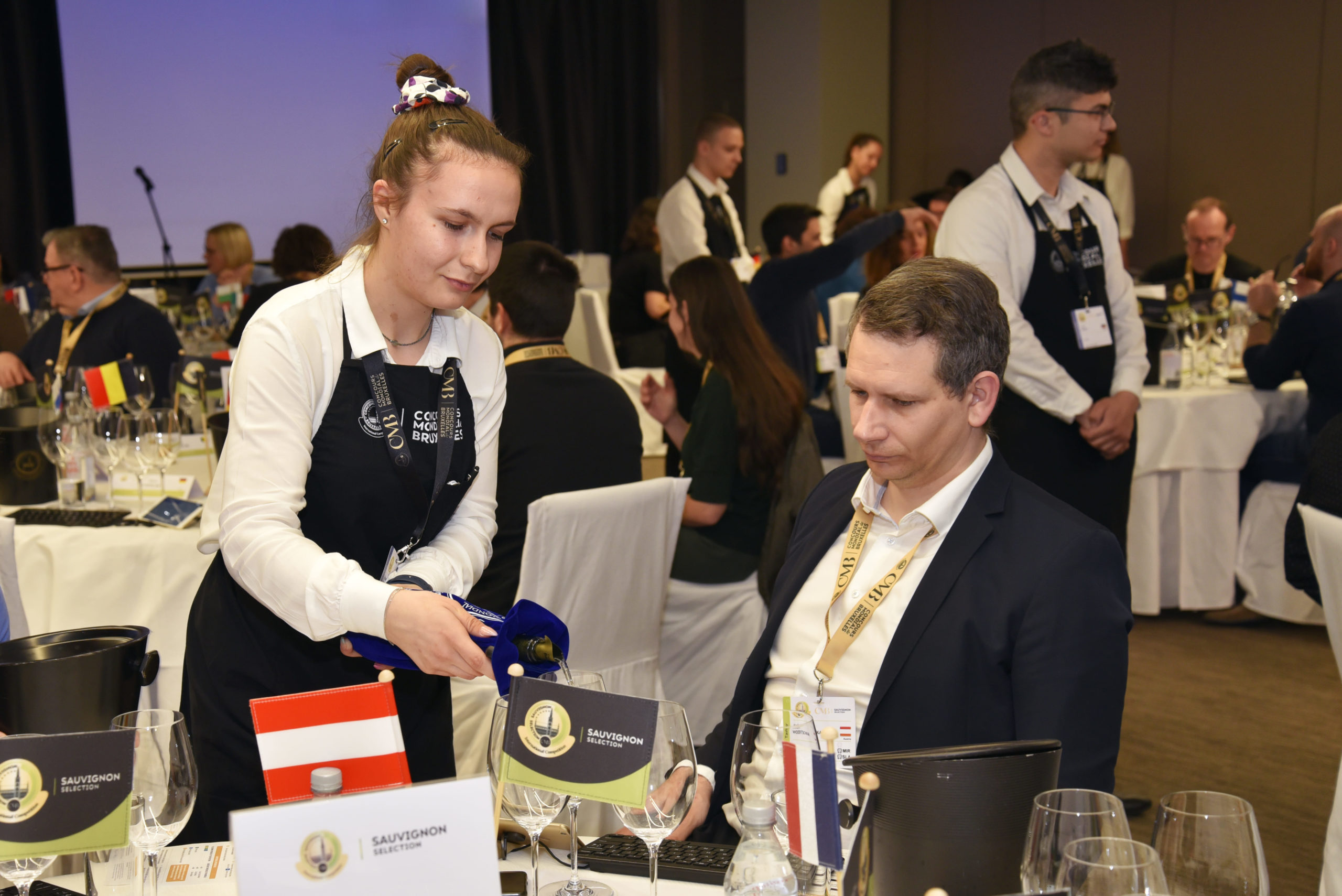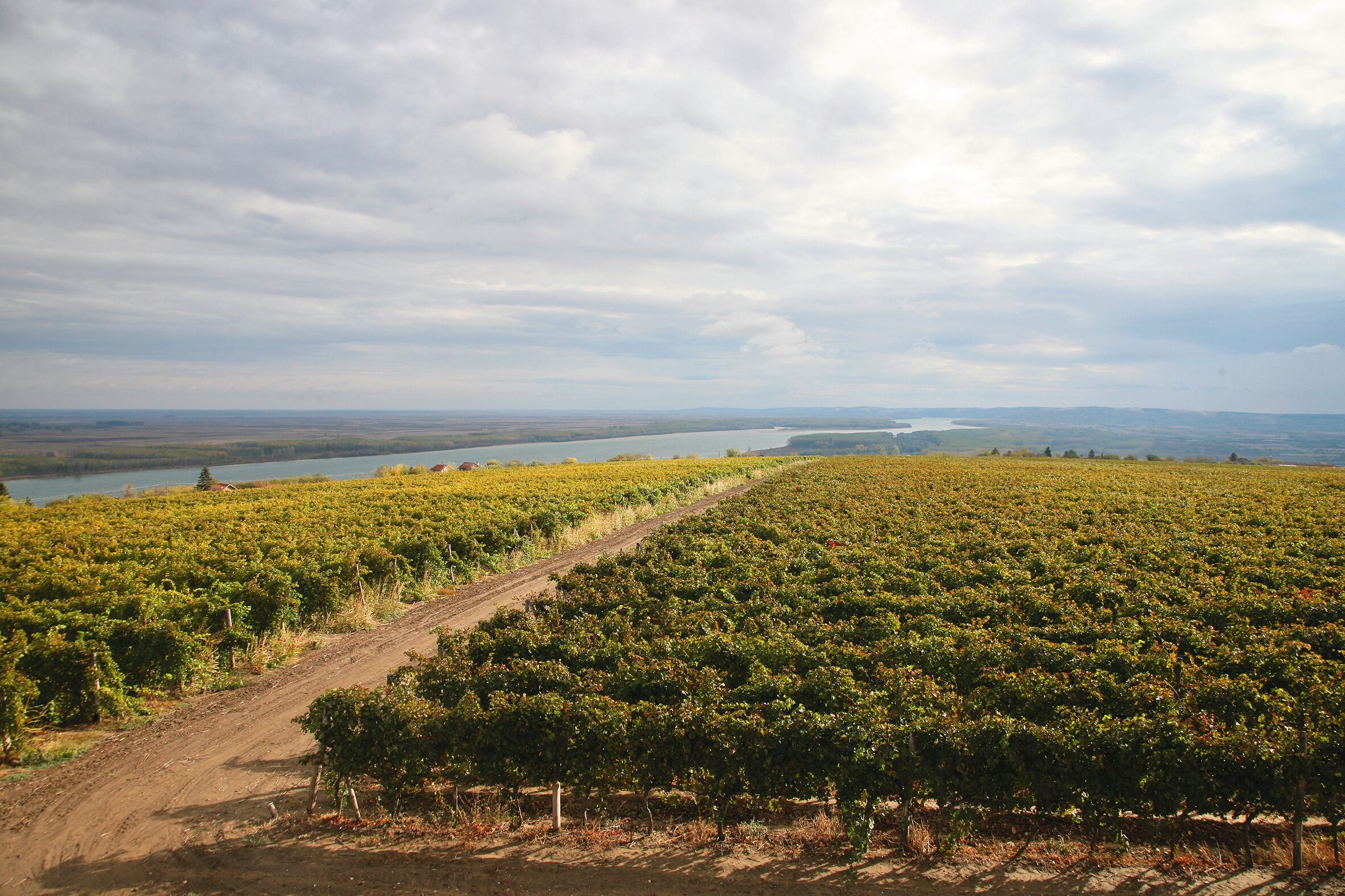SAUVIGNON BLANC POISED TO SUCCEED IN THE CARPATHIAN BASIN AND BEYOND
Countries situated in the Carpathian basin and stretching further across the Carpathians prove that appropriate vineyard site selection and microclimate can produce remarkable Sauvignon Blanc wines. Serbian journalist Tomislav Ivanovic, a guest contributor to the Steering Committee, describes the significance of Sauvignon blanc in Moldova, Rumania, Hungary and Slovakia.
Tradition and history show that this area is well suited to white wine production. Given recent wine trends and the global rise in popularity of Sauvignon Blanc wines, time will tell whether Sauvignon Blanc can match the popularity of local grape varieties across the region.
MOLDOVA
Over the past decade, Moldova’s wine industry has been undergoing a revolutionary shift from sole focus on the Eastern market (Russia and other former USSR countries) towards the Western world (intense marketing campaign largely supported by the EU) in order to diversify its market presence worldwide. Moldova is a wine country snugly situated between Romania and Ukraine (Black Sea basin). Despite a recent rise in interest towards local grape varieties, Moldovan winemaking focuses largely on international grape varieties. This is why Sauvignon Blanc is well positioned in Moldovan vineyards; in 2009, there were more than 8,000 ha of Sauvignon Blanc vineyards out of 112,000 hectares in total. Moldova’s coolest region, Codru in the central part of the country, is perfect for aromatic whites with freshness, purity and more delicate body (top picks: Asconi, Carpe Diem), whilst expressive Sauvignon Blanc wines from the Southern region show riper fruit, more weight and freshness largely attributed to the moderating effects of the sea breezes and plots situated at a slightly higher altitude.
Top picks: Fautor (whose oaked 2015 Fautor Fumé Blanc was awarded silver at the 2017 Concours Mondial de Bruxelles), Cimislia, Gogu (whose 2016 Sauvignon Blanc was awarded gold at the 2017 Concours Mondial de Bruxelles), Chateau Purcari, Vinaria din Vale.
ROMANIA
Sauvignon Blanc is facing growing interest in Romania, the biggest wine-producing country in the Balkans. Despite more than 3,000 hectares of Sauvignon Blanc vineyards found in all the major wine regions of Romania, Sauvignon Blanc is still lagging behind the two local Feteasca grapes – Feteasca Alba (9,800 hectares) and Feteasca Regala (17,700 hectares) – and Italian Riesling (8,400 hectares) in terms of popularity. However, noteworthy examples of fresh Sauvignon can be found in virtually all the wine regions of Romania. Large wineries such as Jidvei (which owns more than 500 hectares of Sauvignon Blanc vineyards) and Recas, produce Sauvignon Blanc wines in several different quality segments (Recas Sole Sauvignon Blanc 2016 was awarded gold at the 2017 Concours Mondial de Bruxelles). Following the popular market trend which favours fresh herbal Sauvignon, more and more wineries excel in these wines across the country through careful selection of adequate plots for Sauvignon vineyards and multiple picking passes during harvest to capture more variance in flavours.
Top picks: Balla Geza (Arad), Domeniul Vladoianu (Dobrogea), Stirbey (Oltenia), Avincis (Oltenia), Domeniul Coroanei Degarcea (Oltenia), Bauer (Oltenia), Serve (Dealu Mare), Ville Metamorfose (Dealu Mare), Budureasca (Dealu Mare), Davino (Dealu Mare), Liliac (Transilvania), Girboiu (Vrancea).
HUNGARY
With regard to white wines, Hungary’s unique wine identity prevails, shaped by its own distinctive range of local varieties and wines. Dry Furmint, the signature grape of Hungary, has become a buzz word for Hungarian winemaking nowadays. Sauvignon Blanc is therefore less likely to catch up with the ongoing Sauvignon frenzy in other countries of Central-Eastern Europe, given that Hungarians have in their vineyards a plethora of local grapes which can duly substitute Sauvignon’s profile and offer equal freshness, good acidity and herbal aromas. In Hungary, Sauvignon Blanc has been officially registered as a grape variety since 1982 and currently there are around 1,000 hectares of Sauvignon Blanc vineyards (the total vineyard area in Hungary amounts to 63,000 hectares). Sauvignon Blanc wines from Southern regions of Hungary may lack freshness and vivacity as a result of overripe grapes. Therefore, Sauvignon lovers in Hungary should look for Northern regions: Eger, Matra, Pannonhalma or Etyek-Buda.
Top picks: Etyeki Kuria (Etyek), Rókusfalvy (Etyek), Babarczi Estate (Pannonhalma), Pannonhalmi Apátsági Pincészet (Pannonhalma), St Andrea (Eger), Sike Tamás (Eger), Dubicz (Matra), Benedek (Matra).
SLOVAKIA
Slovakia’s winemaking belt is essentially situated in the Southern part of the country. Total vineyard area amounts to 20,000 hectares. Sauvignon Blanc in Slovakia suffered a similar fate to the varietal in the Czech Republic. Although Sauvignon Blanc, Cabernet-Sauvignon and Pinot Noir were traditionally the most sought-after grape varieties, they were not widely planted as they failed to meet the expectations of Czechoslovak vintners and support Czechoslovakia’s 20th -century viticultural practices aimed at high yields. Therefore, Sauvignon Blanc in Slovakia currently covers just 233 hectares of vineyards (1.25% of total vineyard plantings). It occurs in the Nitra wine region and the Eastern Slovakian wine region, where it is ranked among the top 10 varieties in local vineyards. Expressive Sauvignon Blanc wines can also be found in the Malokarpatska wine region.
Top picks: Matyšák (whose Sauvignon Blanc Late Harvest 2016 was awarded a silver medal at the 2017 Concours Mondial du Sauvignon), Vinarstvo Bognar (whose Sauvignon Blanc 2016 was also awarded a silver medal at the 2017 Concours Mondial du Sauvignon), Pivnica Tibava (Eastern Slovakian wine region), Žitavské vinice (Nitra).


